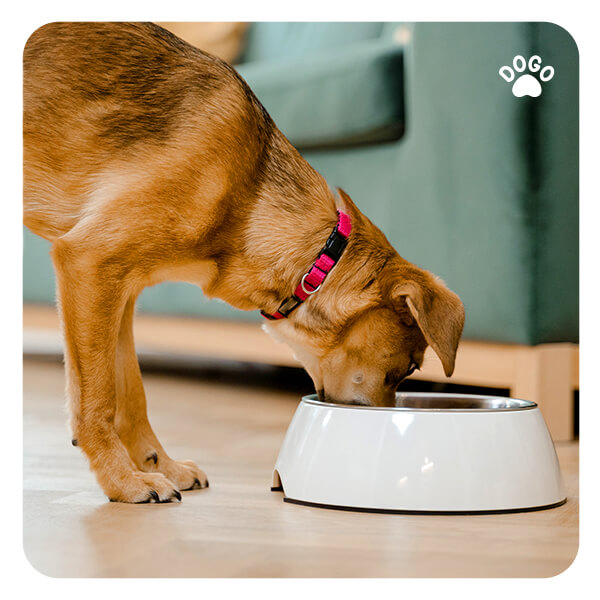 If you’re a dog owner, you know that feeding your furry friend is an essential part of caring for them. As responsible pet owners, we want to make sure our dogs are healthy and happy. One of the key components of a dog’s well-being is a balanced diet. But how much food should you actually be giving your dog? Let’s dive into this important topic and understand the factors that play a role in determining the right amount of food for your canine companion.
If you’re a dog owner, you know that feeding your furry friend is an essential part of caring for them. As responsible pet owners, we want to make sure our dogs are healthy and happy. One of the key components of a dog’s well-being is a balanced diet. But how much food should you actually be giving your dog? Let’s dive into this important topic and understand the factors that play a role in determining the right amount of food for your canine companion.
First and foremost, it’s crucial to recognize that every dog is unique. Just like humans, dogs have different dietary needs based on factors such as their size, age, activity level, and overall health. While there are general guidelines, it’s important to consider your dog’s individual requirements when determining their food intake.
To start, let’s consider the size of your dog. The amount of food a Chihuahua needs will clearly differ from that of a Great Dane. Larger dogs generally require more food, while smaller breeds need less. It’s essential to check the feeding recommendations on the dog food packaging, as these usually provide a good starting point based on your dog’s weight.
Next, consider your dog’s age. Puppies, adult dogs, and senior dogs all have different nutritional needs. Puppies, for instance, require more frequent meals and a diet that supports their rapid growth and development. On the other hand, senior dogs may need fewer calories to maintain a healthy weight. It’s important to adjust your dog’s food intake as they move through different life stages.
Another crucial aspect to take into account is your dog’s activity level. Just like humans, dogs who are more active will need more calories to fuel their energy. If your dog is highly active, such as participating in agility training or long hikes, they will likely need more food than a less active dog. Monitoring your dog’s weight and adjusting their food intake based on their activity level is a good practice to ensure they are receiving the appropriate amount of food.
Furthermore, it’s important to consider your dog’s overall health. Some dogs may have specific dietary requirements due to health conditions or allergies. In such cases, it’s essential to work closely with your veterinarian to determine the right type and amount of food for your dog. A tailored approach to feeding is crucial for dogs with special health considerations.
In addition to understanding your dog’s individual needs, it’s important to pay attention to their body condition. The ideal amount of food for your dog can be determined by monitoring their weight and body condition score. A healthy weight and body condition are indicators that your dog is receiving the right amount of food.
Lastly, remember that treats and table scraps should also be taken into account when considering your dog’s overall food intake. These additional snacks can contribute to your dog’s daily caloric intake and should be factored into their feeding regimen.
In conclusion, the amount of food to feed your dog is not a one-size-fits-all situation. It requires careful consideration of your dog’s size, age, activity level, and health, along with monitoring their body condition. By being attentive to your dog’s individual needs, you can ensure that they receive the appropriate amount of food to keep them healthy and thriving.
Feeding your dog is an act of love and care, and understanding their unique requirements is a vital part of being a responsible dog owner. Remember, if you have any concerns about your dog’s diet or feeding habits, consulting with a veterinarian is always the best course of action. Your dog’s well-being is worth the extra attention and effort.[/fusion_text]



